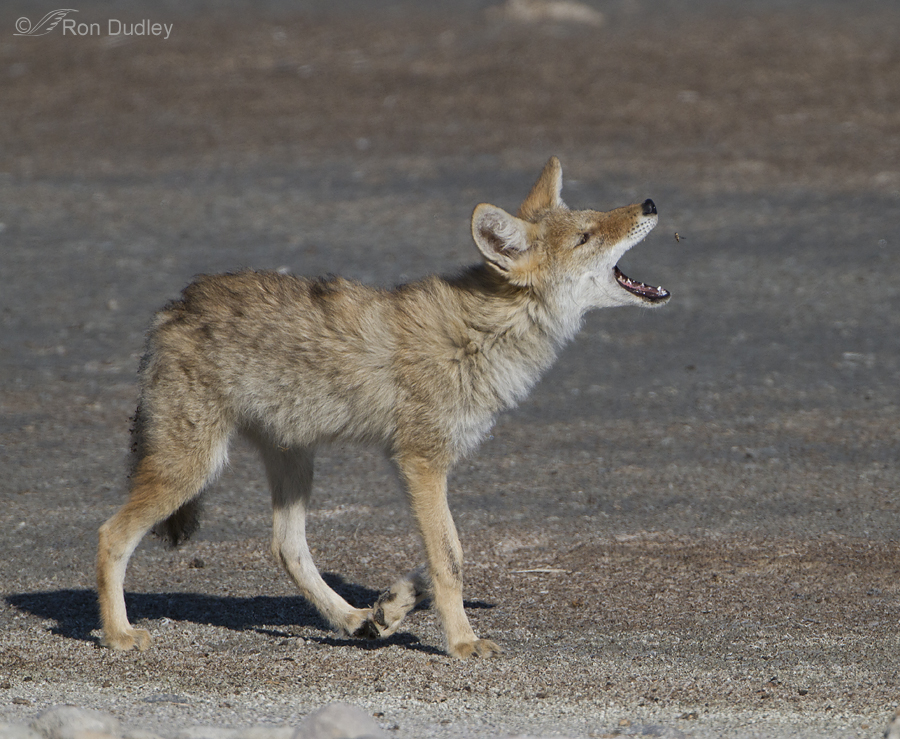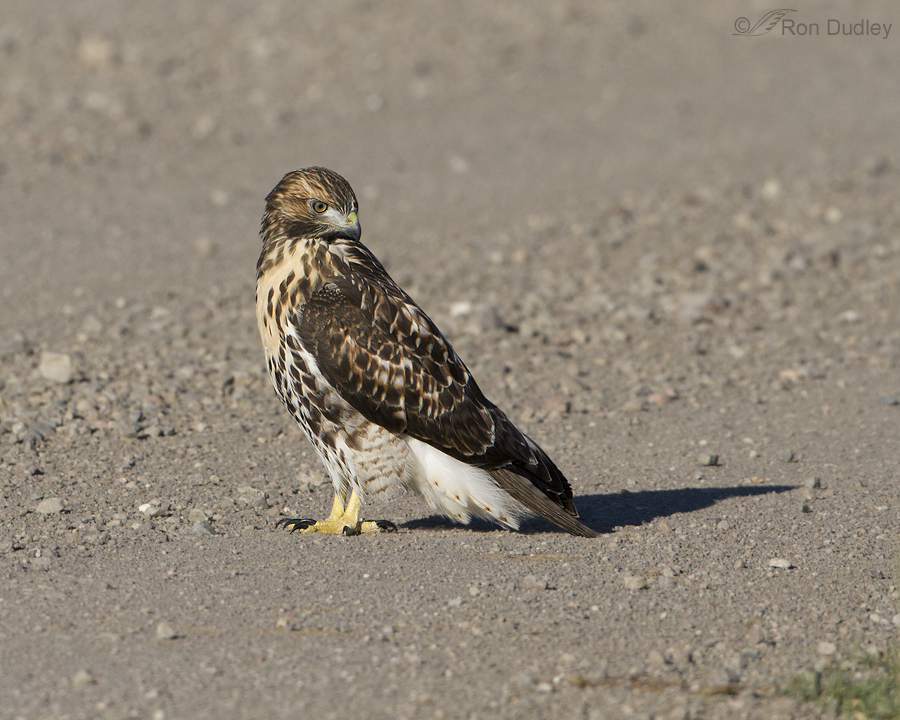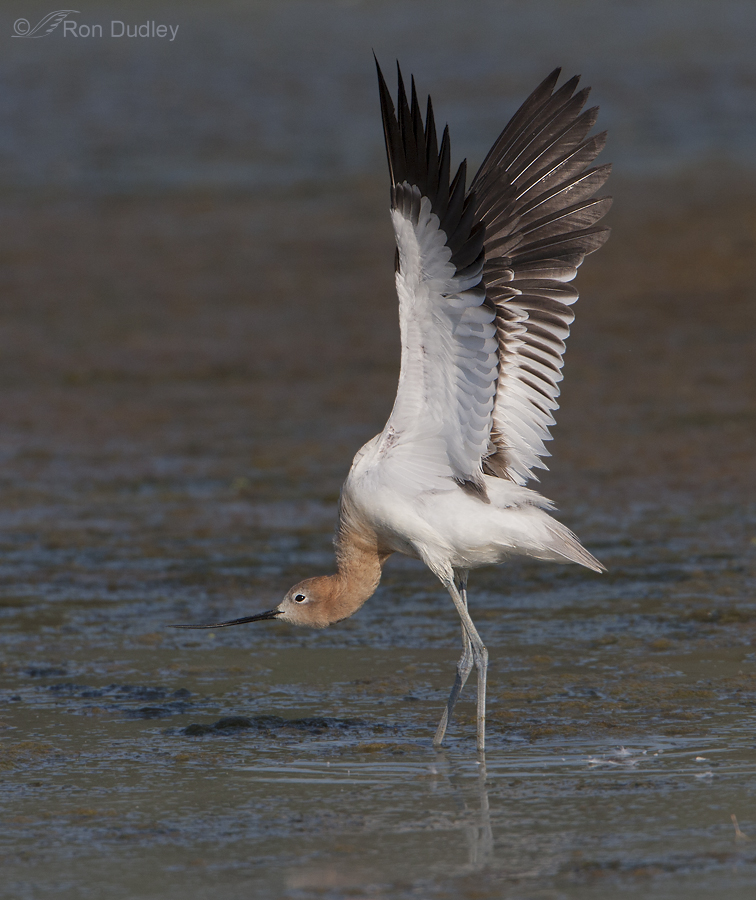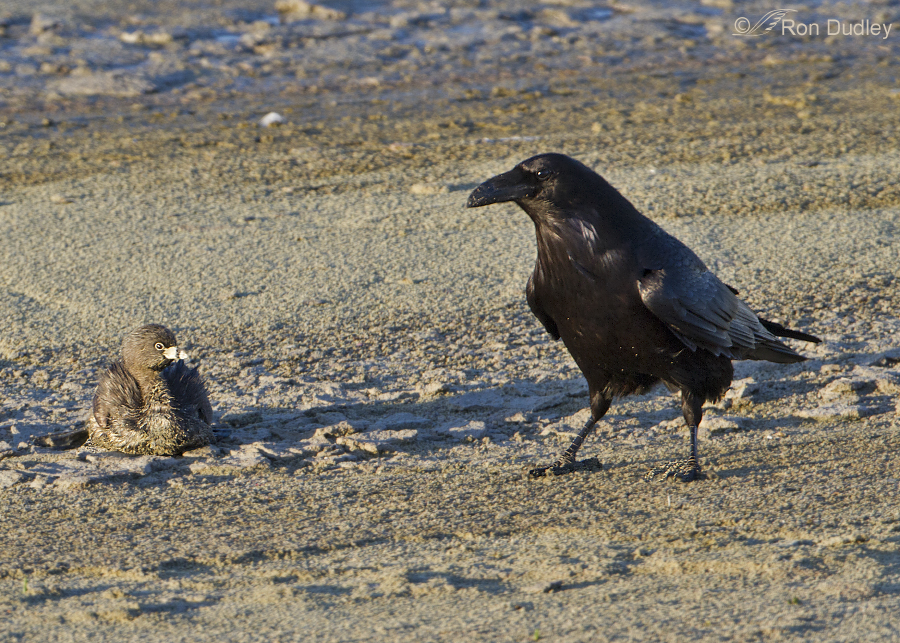This will be another behavioral post – yes I am fascinated by interesting behaviors, perhaps overly so… I found this Western Kingbird hunting from a barbed wire perch which is quite typical for the species. It was so focused on its prey that it let me get quite close so I was able to get better detail of the feeding behavior than I normally do. 1/500, f/8, ISO 400, 500 f/4, 1.4 tc The kingbird has spotted prey on the ground 1/1250, f/8, ISO 400, 500 f/4, 1.4 tc so it flew down to retrieve it. In this case it happened to be a beetle. You can see it clinging upside down to the darker diagonal twig just in front of the bird. 1/1250, f/8, ISO 400, 500 f/4, 1.4 tc Here’s a highly cropped version of the previous image to show the beetle better. 1/1250, f/8, ISO 400, 500 f/4, 1.4 tc The bird grabbed the beetle but as you can see it had reached “through” the twig to get it 1/1250, f/8, ISO 400, 500 f/4, 1.4 tc so it got more than it bargained for. The end of the twig broke off and wedged between the beetles abdomen and the upper mandible. 1/1000, f/8, ISO 400, 500 f/4, 1.4 tc So it flew back to its wire perch and tried to figure out what to do about the dilemma. It actually spent about 15 seconds just sitting there and staring at what was in its…
Continue reading





